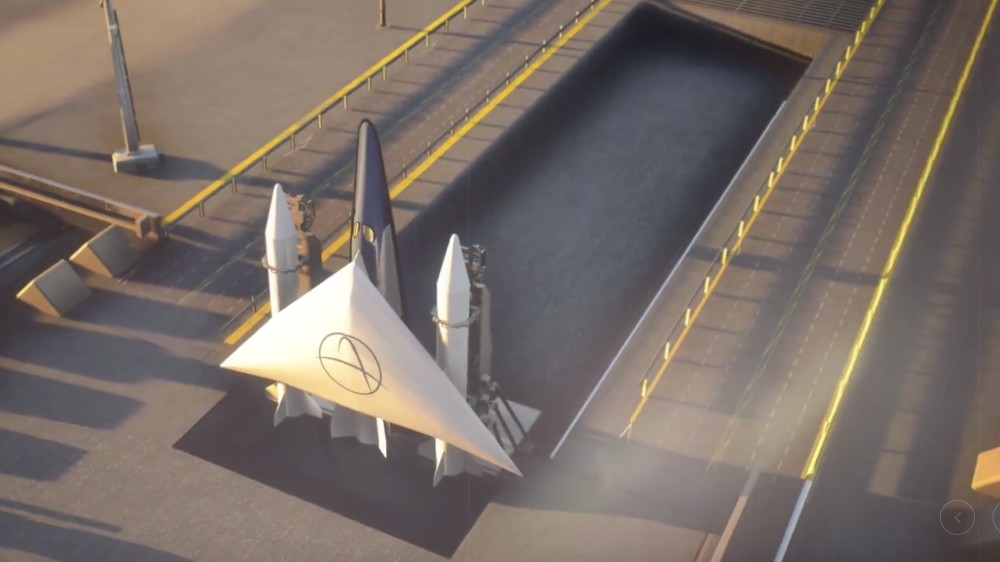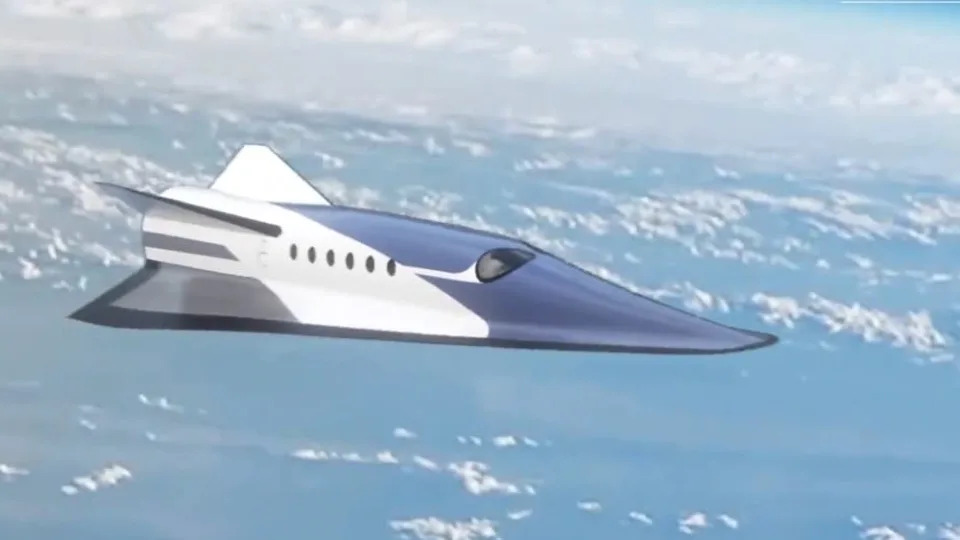With a speed of 2600 mph, Space Transportation’s aircraft is designed for suborbital flight, or city-to-city travel anywhere in the world.
Chinese aerospace firm Space Transportation said it’s developing a combination aircraft and winged rocket that will eventually be used for space tourism. The aircraft will also be used as a supersonic business jet that can link any two points on Earth, reports Space.com. The company said that a flight from Beijing to New York would only take an hour.
A CGI presentation on Space Transportation’s website shows passengers boarding a plane that is attached to a glider wing with two rocket boosters. The airplane then detaches from the wing after takeoff and flies through suborbital space. The wing and boosters then land back on the launch pad, while the aircraft proceeds to its destination, landing vertically.
A spokesperson told Chinese media that the winged rocket will have lower operational costs than “rockets carrying satellites and be faster than a traditional aircraft.” SpaceX introduced a similar concept in 2017 called “Earth to Earth,” which had been repurposed from its “BFR,” originally conceived to transport passengers to Mars. Earth to Earth was designed as city-to-city passenger transport using Starship rockets. The company hasn’t released any details about the concept since then.

Space Transportation said last August it had raised $46.3 million for its supersonic space plane, which it claims will travel at about 2,600 mph. The company also said it had recently conducted successful test flights on rockets, called Tianxing 1 and Tianxing 2, but it did not provide information about the tests.
Space Transportation plans to conduct ground tests by 2023 before carrying out its first test flight in 2024. If development proceeds on track, it would have a crewed test flight in 2025.
The Chinese company Space Transportation is developing a “rocket with wings” for space tourism and point-to-point travel.
“We are developing a winged rocket for high-speed, point-to-point transportation, which is lower in cost than rockets that carry satellites and faster than traditional aircraft,” the company said in a recent interview with Yicheng Times.
The space plane would aim to provide rapid transport between two locations on Earth through suborbital travel and be fully reusable.
